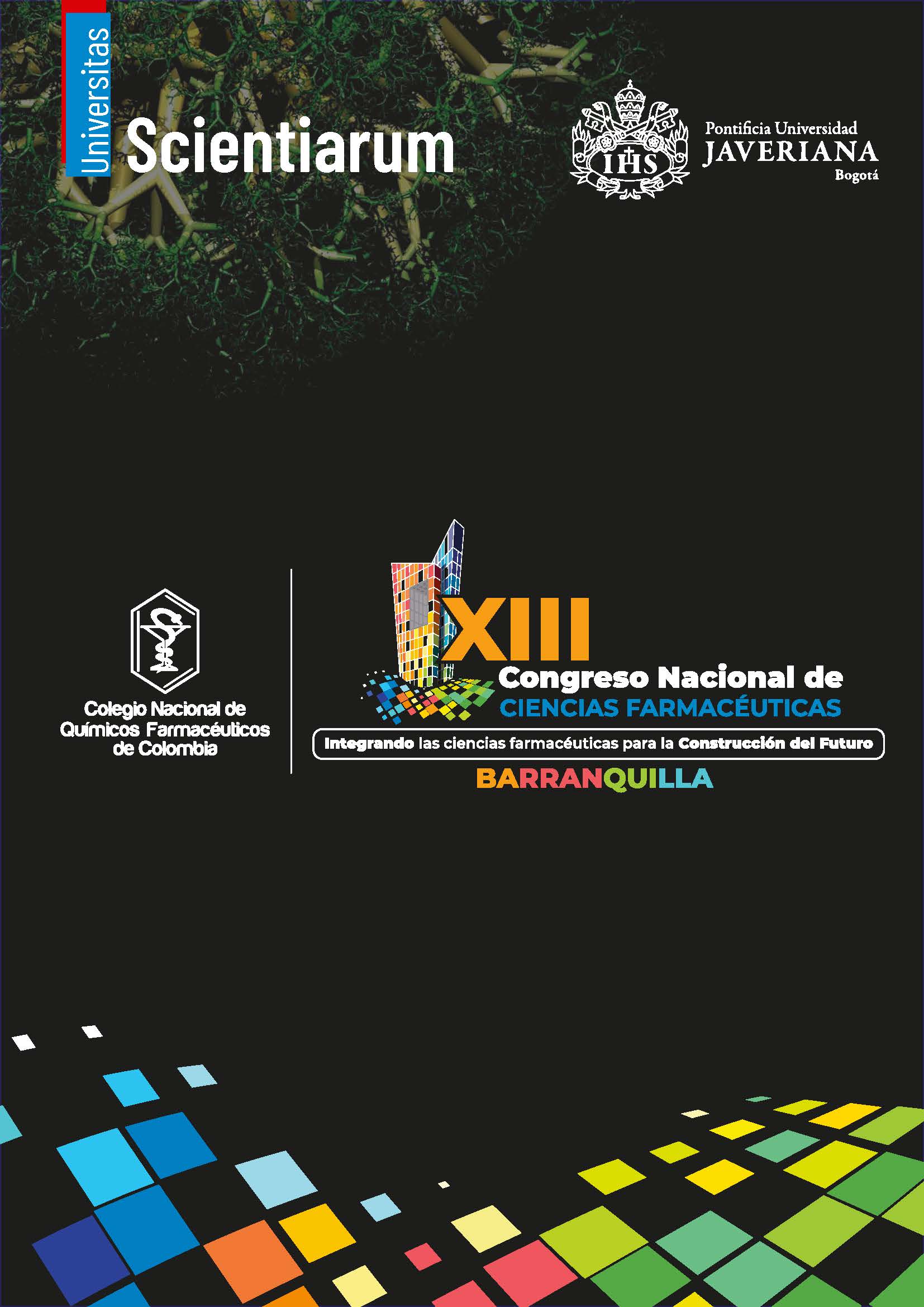Abstract
Toxicoderma refers to undesired mucocutaneous manifestations induced by drugs and ranges from mild exanthema to life-threatening conditions. Early identification and withdrawal of the causative agent are essential to reduce morbidity and mortality. We present a clinical case report of a young adult admitted after appendectomy who developed cutaneous reactions associated with beta-lactam therapy. A focused literature review on penicillin-related hypersensitivity and toxicoderma was performed to contextualize the case and management decisions. A 20-year-old female with no prior allergy history received IV ampicillin-sulbactam post-appendectomy. On inpatient day 2, she developed pruritic erythematous macules on the lower limbs; symptoms initially improved after transient antibiotic withdrawal and antihistamine administration. After discharge and oral sultamicillin, she was readmitted with generalized pruritic rash and urticaria. Laboratory tests showed leukocytosis with relative eosinophilia but no organ involvement. Naranjo score supported a probable drug-related reaction. Management included antihistamines and systemic corticosteroids with progressive clinical and laboratory improvement; beta-lactams were avoided thereafter. The presentation was consistent with general drug-induced toxicoderma likely related to ampicillin-sulbactam, probably mediated by delayed (type IV) hypersensitivity. This case highlights the importance of chronological drug review, prompt withdrawal of the suspected agent, and appropriate symptomatic therapy. Avoiding re-exposure to the implicated beta-lactam family is recommended.

This work is licensed under a Creative Commons Attribution-NonCommercial 4.0 International License.


